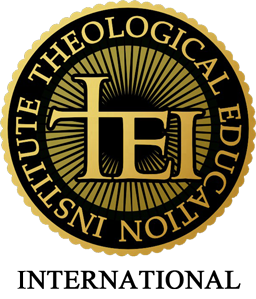Human Sexuality in Genesis 1, 2, 3, 4, 5, 6, 9-11, 16, 19
John C. Rankin
(Excerpted from Genesis and the Power of True Assumptions, 2013)
Genesis 1-2 is the only text in human history that assumes the definition of healthy human sexuality to be one man and one woman in mutual fidelity, as the basis for trust in human relationships, and thus for the building of a healthy social order. And it is a proactive assumption. After Yahweh makes the man, gives him the gift of freedom and shows him that he is lonely, he makes the woman to complete the image of God.
All pagan texts and secular constructs move beyond this boundary of freedom, as broken trust emerges and the reactive posture is assumed. The assumption of healthy human sexuality is thus relentlessly assaulted, and we witness that contest across the biblical text until final redemption.
In Genesis 1, the social order is created for male and female together as the image of God to govern his good creation.
In Genesis 2, man and woman become one in marriage as the foundation for the social order.
In Genesis 3, the ancient serpent divorces the decision making between the woman and man in order to destroy marriage and the social order.
In Genesis 4, this brokenness leads to murder and bigamy.
In Genesis 5, the reassertion is made of the equality and complementarity of male and female, marriage and parenthood.
In Genesis 6, the judgment of the Flood is due to the reification of women in the building of harems – the very mockery of marriage.
In Genesis 9-11, the stage is set for the Canaanites and Babylonians to advance the triad of sorcery, sacred prostitution and child sacrifice, further degrading faithful marriage.
In Genesis 16, Abraham yields to taking a concubine, and this broken marriage yields endless wars between the nations.
In Genesis 19, the judgment on Sodom and Gomorrah is due to a sexual anarchy that morphs into social anarchy and the trampling of the poor and needy, as the biblical concept of marriage is but a distant memory.
###


